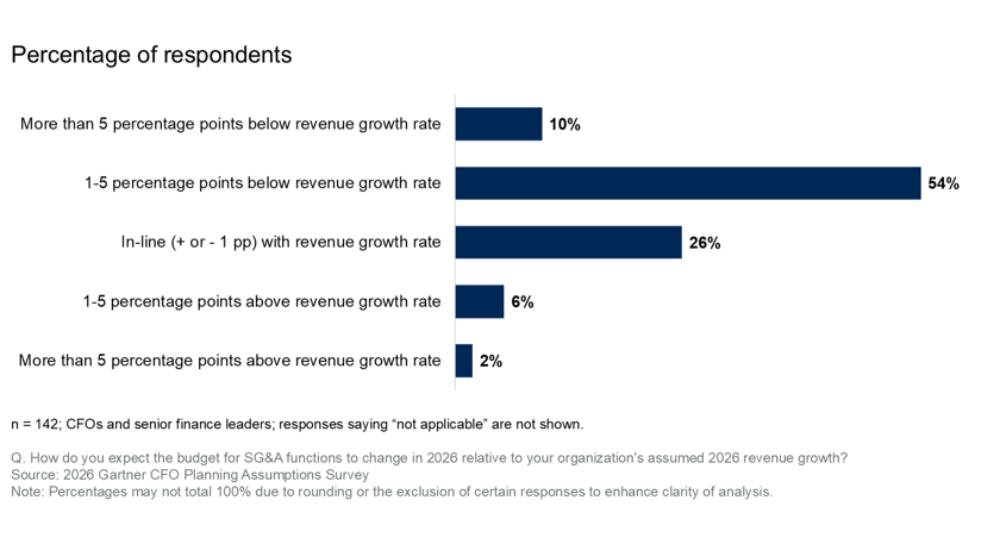Business as usual is no longer an option. As the COVID-19 pandemic has aggressively spread across the world, we are all attempting to adapt and adjust to what is a continually evolving situation. As schools and places of work shut and self-isolation becomes the preferred, if not mandated, setting, continuing operations is challenging, yet absolutely necessary to power through the pandemic.
We need to prepare for the here and now, but also look ahead, towards the other side of this, where organisations of all sizes and sectors can carry on. For many businesses, the last couple of weeks have been chaotic. Continuing to meet the needs of customers, while fulfilling their duty of care to staff, many have been embracing remote working en-masse. But even that is not enough for some companies that are having to undergo a total re-think of what their business’ operating model must look like if it is going to survive.
It can feel hugely overwhelming. And even more so when businesses and their IT teams are having to make decisions in hours, days and weeks that might in other circumstances take a year in the planning.
Day one: The foundation of the new normal
Each organisation will have its own starting point, but the security and well-being of staff will, and should be, the priority. For those who are accustomed to and appreciative of conventional office life and a steady rate of social interactions at the office, the shift to remote work as a result of social distancing might cause a surprising, even if relatively mild, impact on mental wellbeing. Communication is key, so encouraging virtual coffee breaks during work hours teams to foster collaboration and create a more comfortable work environment or a specific watercooler channel to encourage break-time chatter will be vital now and, in the months, ahead.
Then it’s all about access to your work tools. Being able to provide a totally easy way to provide access to applications and services and ensure that users can do so on whatever computer they own; securely. That means choosing an approach which ensures secure and simple access to the tools employees need, irrespective of device. This needs to be able to evolve as the overall situation does; when it comes to technology, that means no lock-in, with the ability to evolve as the first fortnight turns into the first month and beyond. Put simply, this is only achievable through software.
Businesses that can adapt quickly are the ones that will continue to operate effectively, and that means realising that they don’t need to be perfect. It’s more important that once they have their digital workspace, they identify their critical staff and the tools they need as quickly as possible. Once they’re in place, the rest of the business, and less critical services, can be brought onto the platform as it scales.
Week one: Five priorities to establish now
Getting your employees up and running quickly and securely, when the office is no longer an option, is a matter of prioritisation. We can summarise this into five key steps we believe businesses can follow in order to establish a foundation that delivers operational continuity in a secure manner, both right away and as the situation evolves.
Firstly, employers need to define policies and boundaries, with HR and IT teams working collaboratively to create processes that protect staff and businesses. Few IT teams will have the time or resource to be thinking about who needs access to which application or folders, they want the user to request it. This self-service model can help determine if each user has the appropriate security level to access the tools and applications they require.
Having the right remote service access in place is a starting point: ideal for some workers, but others will need their laptop and carry on working as they do in the office with an internet connection. That requires a level of governance. In the rush to transition workers, there can be a pressure to deploy new tools without proper consideration for the implications, which could pose security risks, whether in the early days, or months down the line. If security is not at the core, then the rest becomes void. Security threats are not going to go away during this time.
Collaboration, and having the ability to communicate, is also critical, both from an operational continuity perspective and maintaining company culture. Finally, simplicity is king. It needs to have a single point of access for all work, the minimum amount of effort and technical knowledge for employees to get to what they need in order to do their jobs, irrespective of device or location.
With immediate access to an entire set of business applications with seamless single sign-on to all applications as needed based on job functions. Intrinsic zero trust security ensures that compliance and risk are considered prior to granting access to applications, protecting your infrastructure and data.
A software-based digital workspace solution can enable employees to be productive from day one on their devices of choice. It allows immediate access to an entire set of business applications with seamless single sign-on to all applications as needed based on job functions. Meanwhile intrinsic zero trust security ensures that compliance and risk are considered prior to granting access to applications, protecting your infrastructure and data.
From the first weeks to the months beyond
Having those priorities informing the deployment of a digital workspace solution means that organisations will have laid the groundworks from which they can continue to deliver. That means that over the coming weeks, the very immediate requirement of remote working will be replaced with a need to formalise arrangements. As employees become more comfortable with their new normal, businesses will have the opportunity to look at what was once a challenge as an opportunity and see how they can build on the benefits of having distributed, connected teams.
For all workers, not just the office
It’s also important to remember that discussions around location-flexible working focus primarily on office workers, yet for many businesses, this segment of employees is just one of a number across their workforce. Initially, for those on the front line, not being able to come into work has significant economic ramifications. As well as using their digital workspaces to keep those workers engaged with the business, when sites do reopen, there is an opportunity to redeploy on-the-ground staff with digital tools and access to offer a differentiated level of service and experience. Businesses need to get the foundations right and today’s reality of immediate need is making that possible.
Navigating the early days to maintain operational effectiveness
These are challenging times for any business operation. Being able to give employees and customers a sense of continuity comes second only to keeping them safe. As businesses explore ways of balancing the two, remote working is coming to the fore. All enterprises face a significant period of uncertainty, which is why it’s vital that the decisions they make now, and how they establish their organisation to work in a decentralised, offsite system, provide the foundations for whatever lies ahead and provides an opportunity to future-proof too. That means a digital workspace that offers secure access to the applications and services employees need, irrespective of device or location.
Key takeaways
- Some companies that are having to undergo a total re-think of what their business’ operating model must look like if it is going to survive
- A specific water cooler channel to encourage break-time chatter will be vital now and, in the months, ahead
- Simplicity is king. It should take minimum amount of effort and technical knowledge for employees to get to what they need
- Being able to give employees and customers a sense of continuity comes second only to keeping them safe
By Ahmed Auda is Managing Director, Middle East, Turkey and North Africa, VMware.




